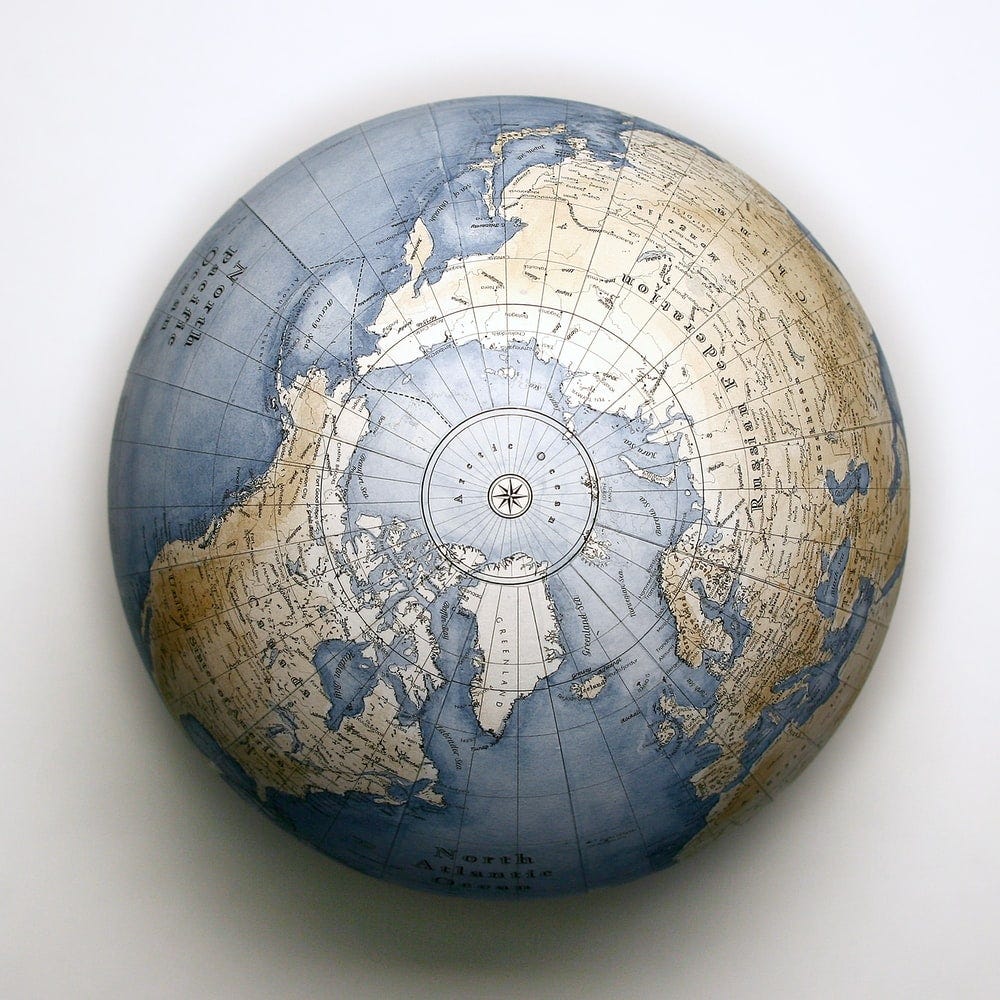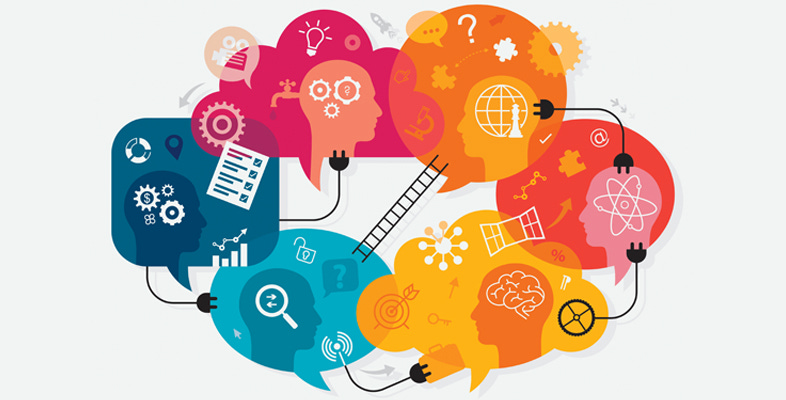🇪🇺 A Leonardo Da Vinci kind of education
A multidisciplinary education is indispensable for the citizens of the future to deal with the changes the digital revolution will require.
The figure of Leonardo da Vinci 500 years after his death continues to illustrate his tireless desire to know and learn, and, in the true spirit of the Renaissance, demonstrates that an interdisciplinary exchange of ideas still has the power to inspire and enlighten us. Though poorly educated and scorned by some of his contemporaries as an ‘unlettered man’, Leonardo summed up the Renaissance ideal of the multitalented sage – painter, sculptor, draughtsman, theorist, musician, scientist, mathematician, architect and engineer with an insatiable thirst for knowledge and curiosity. As such, he was capable of combining his talents for observation, for artistry, for designing instruments to test his hypotheses, and for translating these talents into causal relationships.
As a veritable polymath – someone who is an expert in several fields – one of Leonardo’s greatest achievements was his exploration and definition of humanity’s highest ideals and aspirations, constantly questioning and pushing against any imposed limitations on worldly knowledge. For example, he had a pressing curiosity to understand the form and function of the human body, which he combined with his talents as a draughtsman.
A circle in a square hole
Da Vinci’s Vitruvian Man (1490) is one of the most famous and studied drawings in the world, yet its meanings and inspiring motivations are still today far from fully understood. On the one hand, it measures and expresses the ‘perfect’ geometric proportions of the human body. However, it also accentuates the possibility of humanity’s freedom through the medium of university teaching in the four disciplines of arithmetic, geometry, music and astronomy. These liberal arts supported the formation of men and women, and his or her body was also the point of union for these four disciplines. He writes,
‘Gentlemen…must understand what is man, what is life, what is health, and how a parity, a concordance of elements keeps it, and so a discordance of those destroys it’. (Codex Atlanticus, 730 r).
The circle is representative of true knowledge, to which the man inscribed in the square yearns without ever achieving it. The fundamental combination of experience and mathematics, the only two tools at the disposal of the man, do not allow him to reach a complete knowledge and confines him to the square. Nevertheless, his position inside the square remains always shifted with respect to the man inscribed in the circle, indicating that his formulated theories are under continuous improvement and never concluded. The Vitruvian man in the square also shows signs on his body that refer to the proportions of the human body. It is through these that Leonardo aims to relate the structure of the human body to the structure of the physical world. Therefore, Leonardo’s Vitruvian Man can be interpreted as a measurement system that allows us to approach worldly knowledge by means of the quantitative and analytic observation of the physical world.
Engineer, artist... student
By the time Leonardo was eighteen, he had amassed considerable knowledge in mathematics, physics, chemistry, anatomy and music. In doing so, he had laid the foundations for new experimental sciences, moving away from mere empiricism – based on sensory experience – towards the science of applied mechanics, suitable for general application in the industrial world. This is why he is sometimes referred to as the first modern engineer.
Therefore, it is not the 21 paintings or the almost 100,000 drawings and sketches he left, but his creation of a new way of thinking that should be considered his most precious legacy. His great innovation was to take well-established concepts and subject them to the direct verification of phenomena, always using his great capacity for observation and equipped with his extraordinary ability to transform what he saw into a graphic schematic of processes. He revealed himself to be a visionary.
For example, he wrote that water was ‘the vehicle of nature’, believing water to be to the world what blood is to our bodies: the main and essential element of the cycle in which all forms of life are articulated. A large part of his scientific work was dedicated to understanding the movement, circulation and physical characteristics of water in its different forms: as a gas; as mist; as drops; as stagnant or flowing water; as ice hail and snow. He can be regarded as the first hydrologist to design and build his own instruments to test his hypotheses. Referring to diagrams of fluid motion, Da Vinci wrote in his Notebooks,
‘Remember first, when discoursing about water to adduce first experience and then reason’.
He used colours to show flow patterns in rivers and translated these findings to the blood flowing in arteries. In his dissections of the human body Leonardo moved slowly inside the accepted theories he learned from reading but adapted to new ideas based on his own experiments. Even today, bioengineers follow Leonardo’s steps, addressing systems that interact in complex and nonlinear ways.
Education today
In today’s society it is a sad fact that most students only memorize equations, data and procedures, whereas, in the spirit of Leonardo, it is of greater benefit to stimulate the critical spirit and to encourage imagination and creativity. Rather, students learn to manipulate symbols but do not know what they mean. They are not being taught to think but to pass the test. It is postulated that this is one of the most important reasons for the crisis that science schools in general and engineering schools, in particular, are going through – low levels of interest coupled with student recruitment and retention problems. Each discipline is limited to independent courses, which is a serious impediment to future multidisciplinary work. In addition, students lack purpose while not being clear about the usefulness of the basic knowledge they receive and unaware of the tools and habitual ways of working in their future profession.
More government assistance could be given towards projects that teach students how to think and to encourage reasoning that seeks an answer rather than provides it. Educational innovation projects could give a push to the process of teaching and learning by making it more participatory, cooperative and interdisciplinary, involving the students more and encouraging their interests in learning and work. A university education that does not otherwise stimulate the critical spirit can be deemed a training in submission and not sensitive to propaganda or intolerance. Students should be astute doers, reliable innovators, agents of change. They should be business facilitators, technology administrators and knowledge repositories insisting that transformative changes require a joint effort due to the enormous complexity of the interdisciplinary activity.
The academic body acts as an important catalyst, promoting and appreciating a culture that celebrates rarity, the capacity of choice, independence, entrepreneurial spirit, concentration, creativity and intensity. On the other hand, this can present one of the great challenges to the university institution. Ensuring a microclimate where the best science and technology can be exercised and, at the same time, leading its students to the full development of their potential as people, as citizens and as workers is a lofty goal. On top of this, universities strive to contribute research oriented to innovation for the good of society and to improve the lives of people with continuous progress in quality, cost reduction and preservation of the environment.
Although Leonardo would have today undoubtedly used computers and electronic technology, the interrelationship of science and art would still continue to remain key for the advancement of knowledge. Indeed, Leonardo possessed the unbridled strength of freedom that humanity must always conquer, tenaciously maintaining creativity and the fierce need to know, not to leave the world as it is, but to change it.
Modern problems require ancient solutions
The biggest and most serious global issues demanding our attention are related to population growth and demographics with regard to the needs of water, food, medicine and energy, in their relation to availability, production, demand, distribution, price, etc. The solution to these situations or circumstances requires a holistic approach as a consequence of globalization and, above all, encouraging collaboration between industry, academia, health services, laboratories and government. This is the best way to bring together experts from different disciplines, so that they can investigate and meet the specific needs of a product or service, ensuring the result is of the highest quality.
One of the greatest challenges of our times is to stimulate creativity as well as the audacity and adventure to discover and learn from change. Everyone has the capacity to learn and be creative. To provoke creativity, few things are as enriching and important as the time devoted to cross-fertilization with fields different from our areas of specialization. In fact, great advances often depend on the naive audacity of a layman.
Leonardo’s creative spirit, curiosity and imagination were born in an area where artists, scientists, poets and philosophers, among others, achieved an interdisciplinary exchange of ideas. Young people should therefore be encouraged to look for connections where they never thought they existed, and to integrate and innovate.
The link from academia to work can also be prioritized, so as to improve productivity by empowering science, technology and innovation as engines of economic growth and human development. Leonardo’s curiosity, his capacity for observation and above all his perseverance, was driven by passion - regardless of the number of times he failed trying. Leonardo’s testament is a refreshing reminder to the human race that despite the difficulties that he encountered, and that humanity will inevitably face, the important thing is to keep trying.




